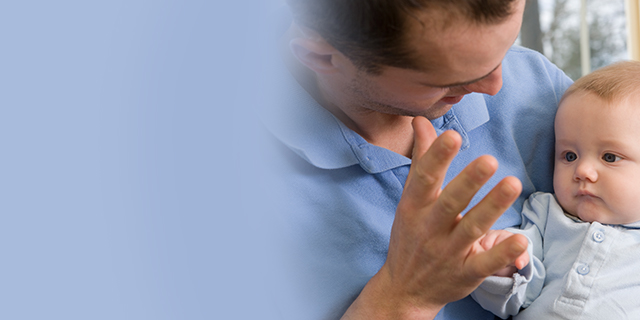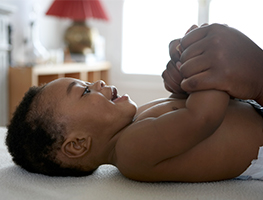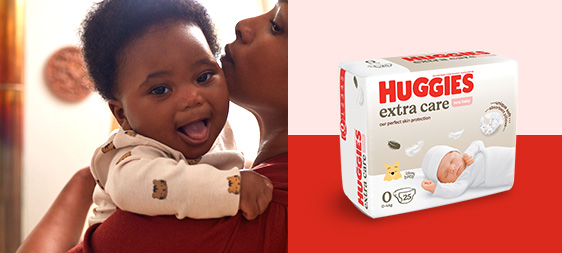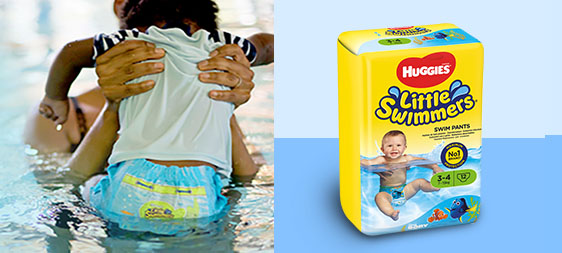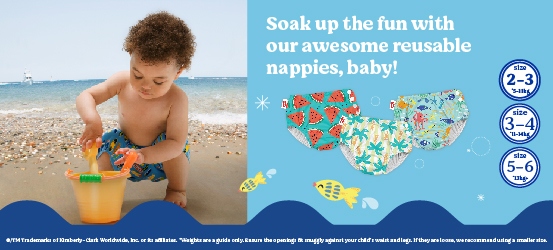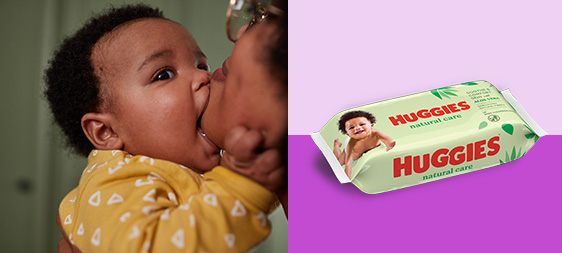As a parent, your baby’s “first sign” is greeted with as much excitement as your baby’s “first word”. For some parents though, the excitement is short-lived as parents wonder what their baby is trying to communicate to them through baby sign language.
There are three steps to interpreting your baby’s signs and these can be broken down as follows:
-
Sign Introduction
-
Your Baby’s Physical Capabilities
-
Sign Generalisation
1. Sign Introduction
When parents introduce baby sign language into their home, they generally start with a small number of signs that are a combination of both practical and motivational signs. To understand what your baby is trying to communicate, the first step is to recall what are the baby signs you have introduced into your home. By a process of elimination, see if you can match your baby’s attempt at signing with one of the baby signs that you are using consistently in your home. It is important to remember that the sign language that your baby has created may not resemble 100% the baby signs that you have been using. The reasons for this are highlighted in step 2 and 3.
2. Your Baby’s Physical Capabilities
Your baby’s physical capabilities and motor skills will depend on the age of your baby. When children begin to sign sometimes the sign will be created in reverse. The reason for this is that each time you sign to your baby, your baby actually sees the sign backwards (a mirror image). This is something to consider when interpreting your baby’s signs - are they signing it backwards due to their perception of the way the sign was created?
It is also important to note that younger babies may have difficulty in crossing their arms or may use all fingers for signs that only involve one finger (for signs such as Dad). For this reason it is important to notice the location of your baby’s hand when illustrating the sign and be aware of what is within your baby’s field of vision, these should provide some clue into what your baby is trying to communicate. This combined with a process of elimination should help identify what your baby’s attempt means.
3. Sign Generalisation
As with spoken language, babies who are exposed to baby sign language sometimes use one sign to symbolise many different objects or may use the sign in reference to just one item. An example of this was when a child who knew the sign for cat, saw a dog in the park - signed the word for cat. He had identified the dog as a four-legged animal and had assumed that it belonged to the same group as a cat. When a baby begins to speak they may often use one word to represent many different objects. In cases like these, it is important to encourage their attempts but to also introduce the correct sign for dog and later to clarify the differentiation between a dog and cat through stories, pets or stuffed toys.
In summary, when the moment arrives and your baby begins to sign, please remember to greet your baby’s attempt with enthusiasm and encouragement. Through a process of elimination, you should be able to clarify what your baby is trying to communicate and help reduce frustration for you and your baby. And remember, have fun!
For more information, visit:
For more information see Baby sign language or Parenting.

